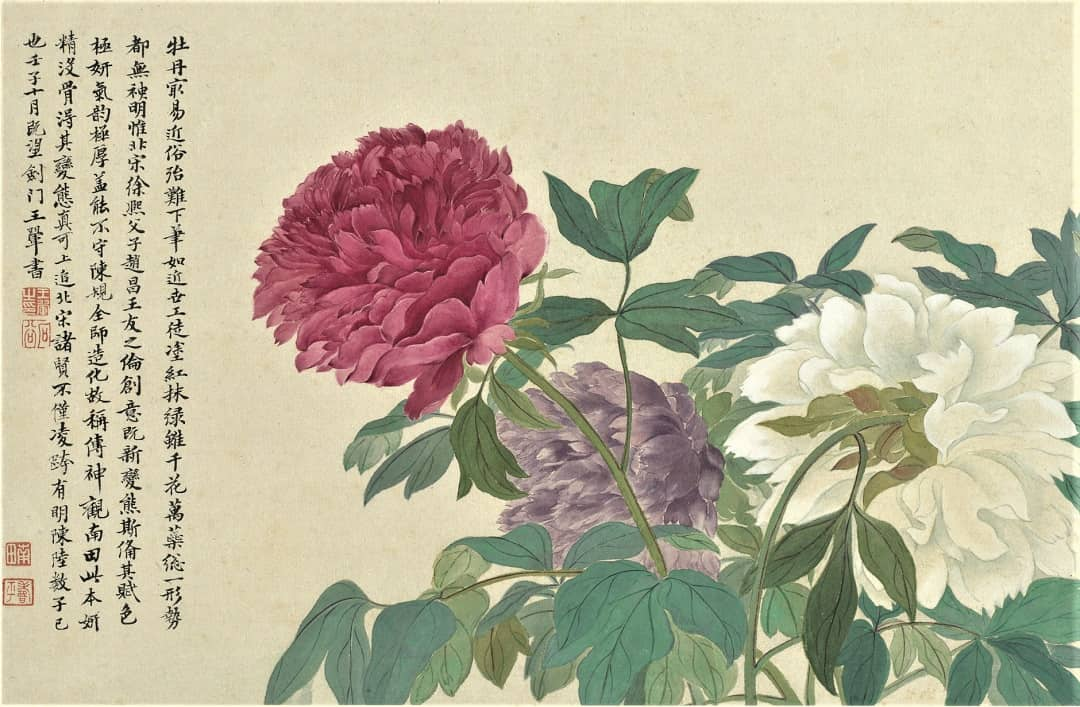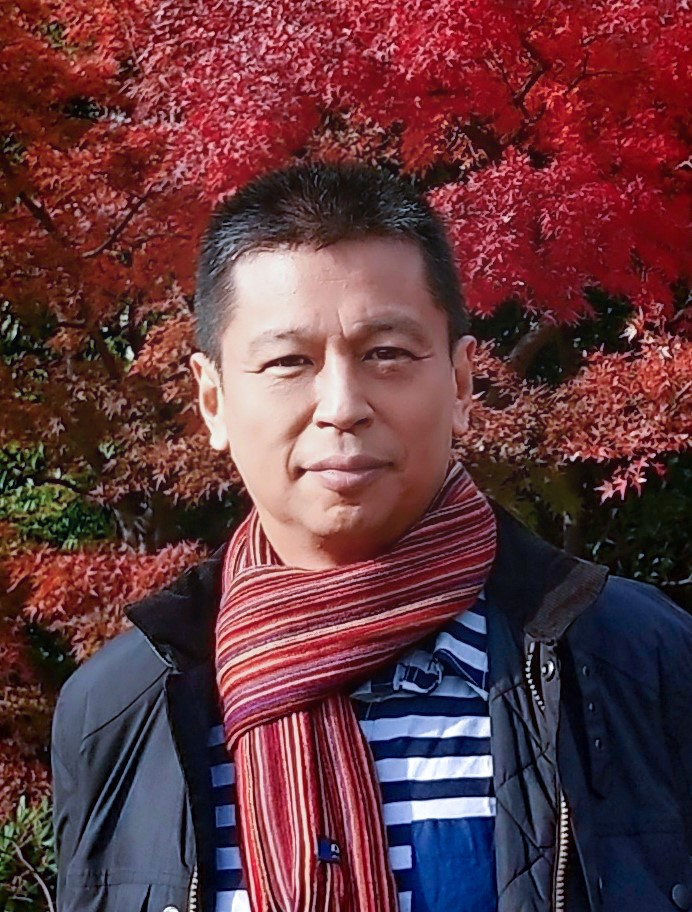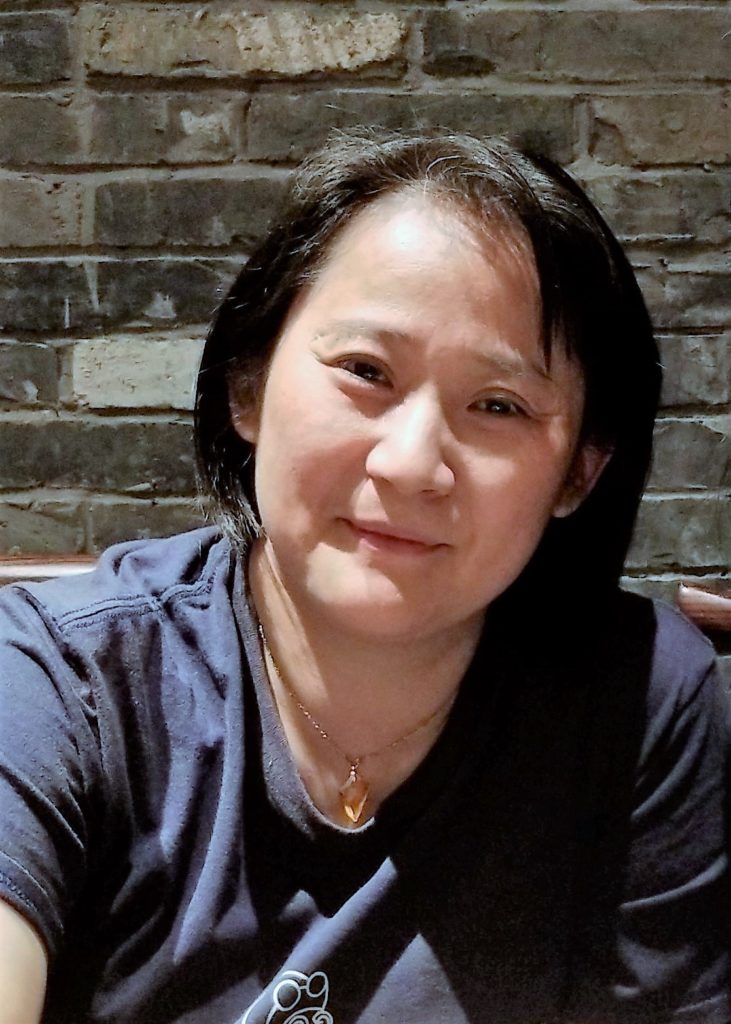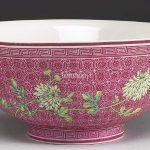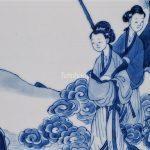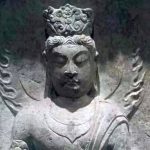ABOUT US | TUTUHAOYI
Why do we want to explain Chinese pictorial artworks?
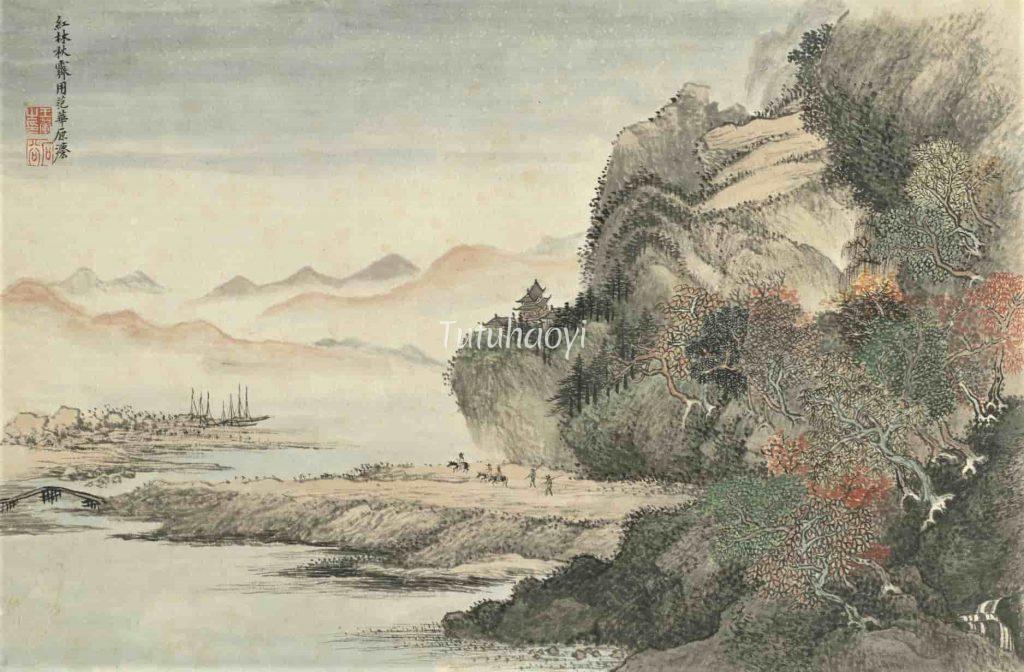
WHAT IS TUTUHAOYI
Tutuhaoyi is an online reference resource that explains meanings of pictorial forms on traditional Chinese artworks, including ceramics, paintings, fabrics, sculpture and other handicrafts. Tutuhaoyi is the phonetic transcription of the Chinese expression 图图好意, meaning every image is intended for an auspicious wish.
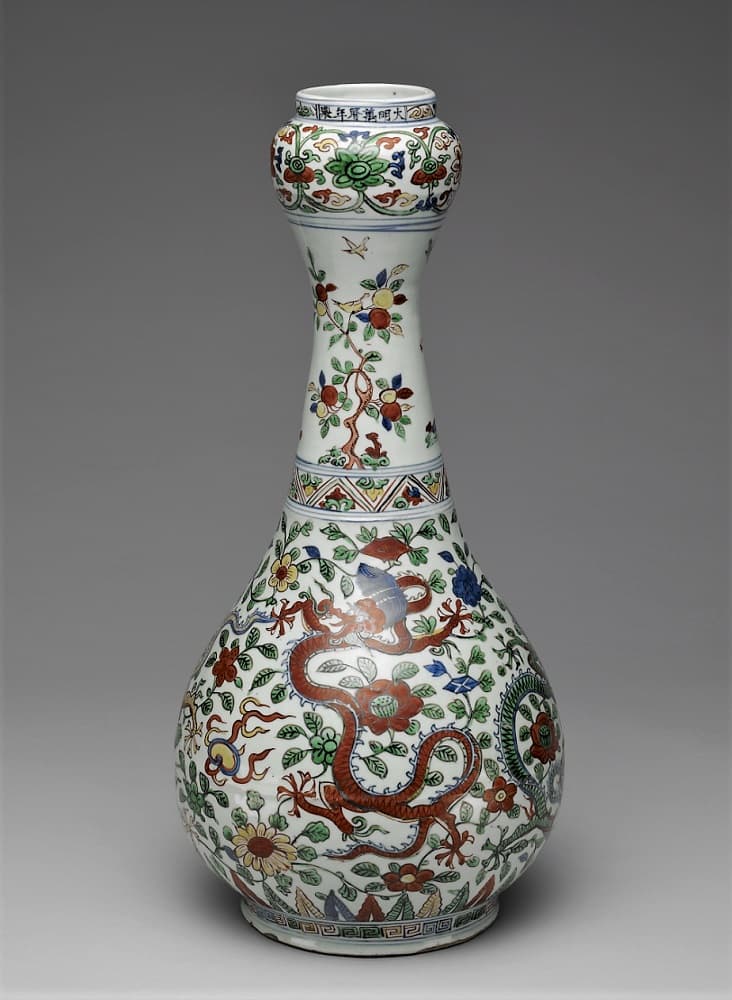
WHY DO WE MAKE THIS WEBSITE
The motifs, symbols, pun pictures and story scenes in traditional Chinese pictorial artworks form basic elements of Chinese iconography, which is a treasure trove that reflects people’s daily life, culture and religion during the long and continuous history of China.
Tutuhaoyi is designed to provide clear explanations for traditional Chinese pictorial artworks, and to establish a reference point for people around the world to appreciate Chinese decorative arts. It is aimed to progress into a comprehensive image databank and a handy resource in helping people understand and appreciate the magnificent Chinese pictorial art.
HOW DO YOU USE TUTUHAOYI
If you are just browsing, you can check for hitherto hidden meanings of images by going through each category of ‘Pictorial Elements in Chinese Art’, in alphabetic order of the name of each item. If you do not know the name or term of a particular item, you can use our search bar for a wild card search.
We have categorised pictorial elements in Chinese art into three major types according to cultural convention, which are Motifs and Symbols, Figures and Stories, and Pun Pictures (ie. pun rebuses, or composite images that contain culturally-specific visual puns).
These images are from artworks created during the period roughly between the Warring States period (475BCE – 221BCE) and Qing dynasty (1644 – 1911), sourced from reputable art galleries, museums and private collectors. Each listing consists of the three components: name of the listing, in both Chinese (pinyin and characters) and English, pictures illustrating the listing, and detailed description with references.
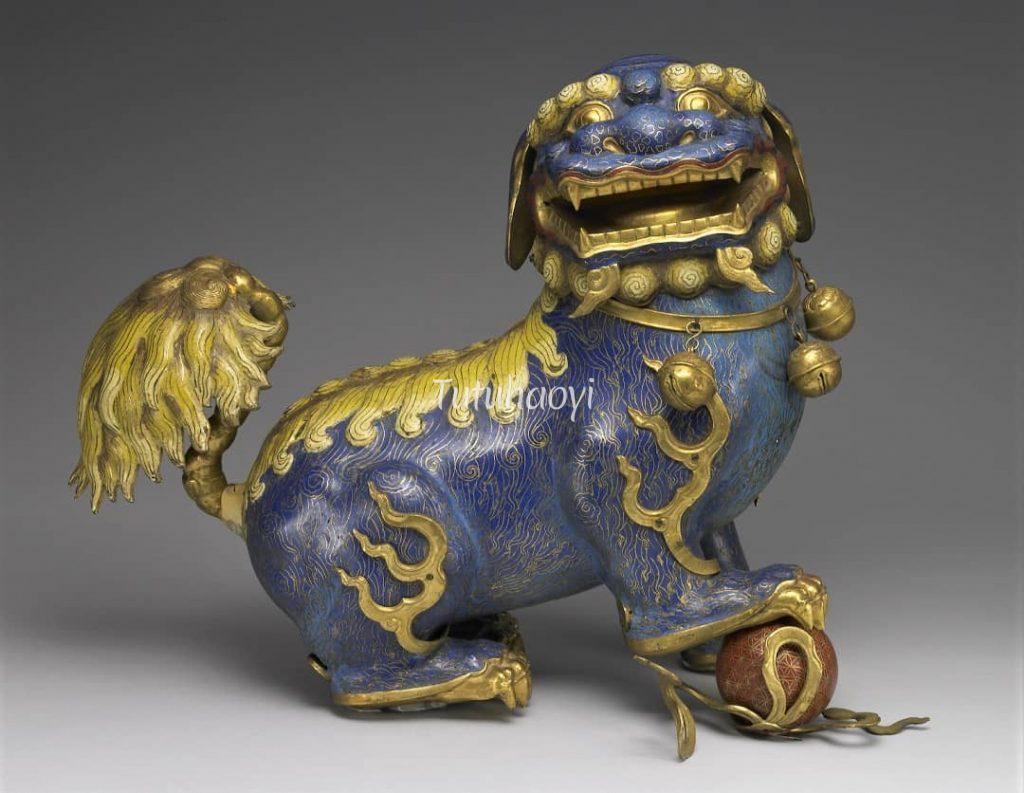
If you have an antique Chinese art piece, but do not know where to start to appreciate its meaning, you can type in the search bar with a few key words describing what images or figures you see, then we can give you some suggestions of the intended meaning of that artwork. If you are not satisfied with the answer, you are more than welcome to contact us with detailed information of your art collection, and we will discuss further with you with your private information protected.
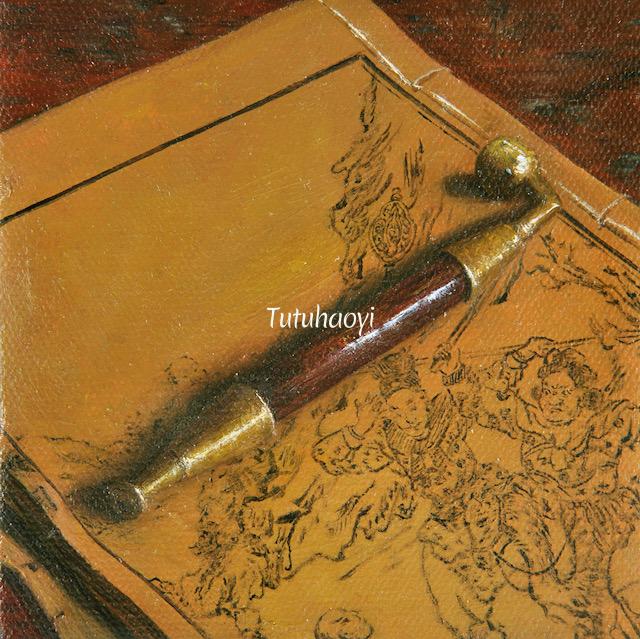
WHAT IS MORE TO AN ONLINE CHINESE ICONOGRAPHY DICTIONARY
There are contemporary Chinese artists making artworks based on concepts drawn from traditional Chinese iconography. We offer our website as a platform for those artists to present their works, such as hand painted vases and oil or water-colour paintings that fall within Tutuhaoyi’s coverage. Therefore, ‘Collectibles’ section is specifically created for the world to continue appreciating Chinese art with a modern flavour, side by side with the comprehensive list of traditional Chinese art treasures.
DO YOU HAVE TO PAY FOR USING TUTUHAOYI
At the moment, Tutuhaoyi is going through its beta test. Once completed, it will have paid packages that offer extra features, such as audio/video lectures, exclusive book discounts, artwork evaluation services, etc. and they will be exclusive to paid members. However, you can continue to use Tutuhaoyi’s basic functions for free.
